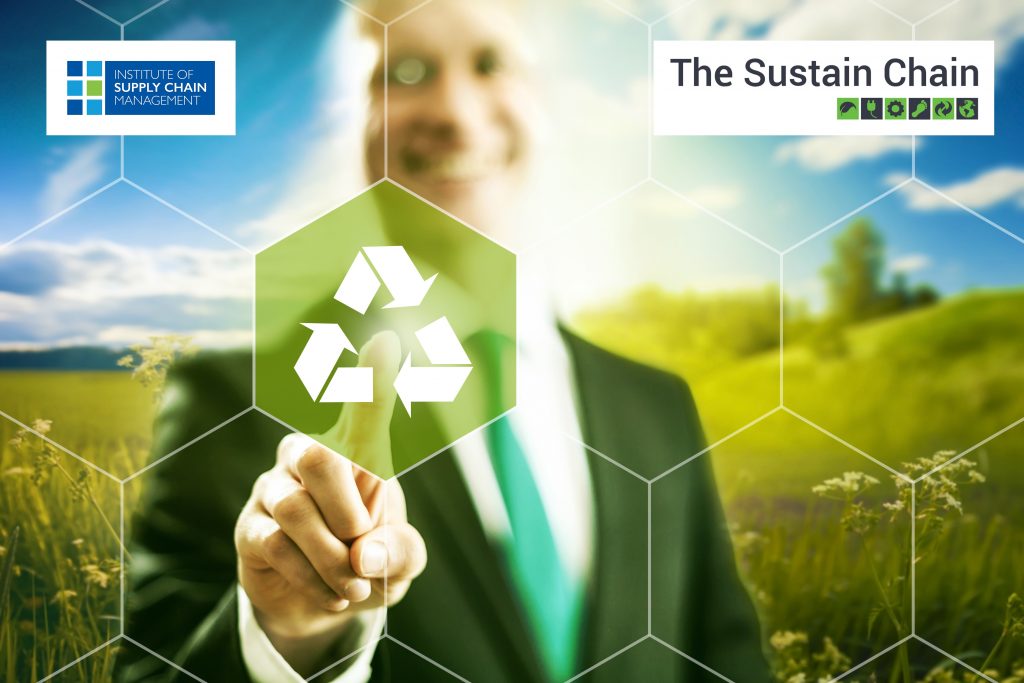
We live in a world where consumers are more focused on business transparency than ever. Customers want to know how their favourite companies are contributing to the environment with sustainable strategies.
If you’re not part of the green movement, then you could be scaring off potential clients.
Pressure from stakeholders, investors, and consumers to add more sustainability into the supply chain is increasing at a rapid pace. Even business guidelines are changing, with the latest Global Reporting Initiative requesting a higher focus on sustainability in the supply chain.
Fortunately, advanced processes and technologies can make it much easier to manage your business in a way that protects both your profits and the environment. Improvements in supply chain management could help you advance your company’s standing and attract new clients.
Simplified Processes Reduce Waste
According to McKinsey, around 90% of the environmental issues due to consumer packaged goods come from the supply chain and how companies handle it. The supply chain also accounts for up to 80% of greenhouse gas emissions.
Not only are poor practices harming the environment, but they’re inefficient too.
Implementing analytics tools that allow your leaders to map out the supply chain and identify potential waste sources could significantly reduce these inefficiency issues. Even small and simple changes can make the biggest difference, like removing unnecessary steps from the manufacturing journey. The right analytics tools and effective reporting can quickly reveal new ways to enhance your supply chain and reduce waste. You may discover that you’re wasting cash by holding too much stock at certain periods of time. This results in high warehousing costs and increases the chances of perishable goods going to waste.
Better Planning Reduces Overstocking
As consumer demand around the world continues to skyrocket, global supply chains are often very complicated. Companies can end up over-stocking certain items and products to prepare for unpredictable peaks in demand.
This can lead to massive waste in industries where the life of a product is limited, such as food or cosmetics.
Supply chain managers need complete visibility into the business operations to determine when they need to be extra prepared for demand changes, and when it’s possible to slow down and take a step back.
Analytical tools enable companies to understand where changes in demand come from. Built around artificial intelligence and machine learning technologies, these tools can analyse historical data to predict demand changes accurately. With efficient supply and demand planning, companies can reduce the risk of having too many or too few raw materials for product creation. This reduces the amount of rework and waste that companies need to account for.
Improving Logistics Strategies Reduces Fuel Consumption
One of the biggest concerns for companies hoping to improve their sustainability is that they may be over-using excess fuel.
Fossil fuels harm the environment, and we only have a limited supply available. Consider looking into your logistics to see how you can reduce your reliance on excess fossil fuels.
For instance, could you source some of your materials locally to reduce shipping costs and carbon emissions? Shopping locally might be better for your bottom line and reputation because it shows customers that your products are “homegrown”.
You can also use AI technology and analytics in GPS devices to plan the most efficient delivery routes.
Reviewing Processes to Improve Designs
The tools and technology that we have today mean that we can create complex products with far greater efficiency than before. Products like waterjet cutters and 3D printers can make manufacturing processes more affordable, environmentally-friendly, and waste-free.
The only way to determine whether you can find new ways to reduce material waste is to analyse your processes.
Look at the steps that you take now to bring your products to market and ask if there’s anywhere that you could be more environmentally friendly. For instance, you might be able to use recyclable materials to reduce waste and cut costs. Alternatively, you could change the way you cut and machine parts to reduce wasted resources.
Make sure that you consider more environmentally-friendly suppliers when you’re sourcing your equipment too. Some companies will be more likely to help you with your eco-friendly activities than others.
Experiment with New Technologies
Finally, don’t be afraid to explore the amazing things that new and disruptive technology can do. There are plenty of excellent tools available today that can make your supply chain more transparent and sustainable.
For instance, blockchain or distributed ledger technology helps you track every point on your supply chain so that you can be more transparent with your customers. In retail, that means you can trace back the origin of your raw materials to ensure safety, quality, and ethical business practices.
Distributed ledger technology is also proving as a powerful ally in preventing counterfeit or unsafe goods from entering the market, which additionally reduces the chances of resources going to waste.
Business Intelligence (BI) tools for analytics assess all of the critical elements of your supply chain and help you make more informed decisions about where you can save money and time.
BI tools are cloud-based analytical tools that can help retailers identify problematic areas within the ordering management processes so they can optimise their supply chain as well.
Industry 4.0
Industry 4.0 is having a massive impact on how we work, with new use cases for robotics, machine learning, and more appearing every day. All these new technologies are making the entire product cycle more data-driven, efficient, automated, and more sustainable in the long run.
Update Your Supply Chain
Today’s customers won’t do business with a company that doesn’t think about the bigger picture. It’s your responsibility to make sure that you’re aligning your processes with your target audience’s demands, using more efficient and reliable strategies for your business.
How will you update your supply chain this year?
—

Heather Redding is a content manager for rent, hailing from Aurora. She loves to geek out writing about wearables, IoT and other hot tech trends. When she finds the time to detach from her keyboard, she enjoys her Kindle library and a hot coffee. Reach out to her on Twitter.

